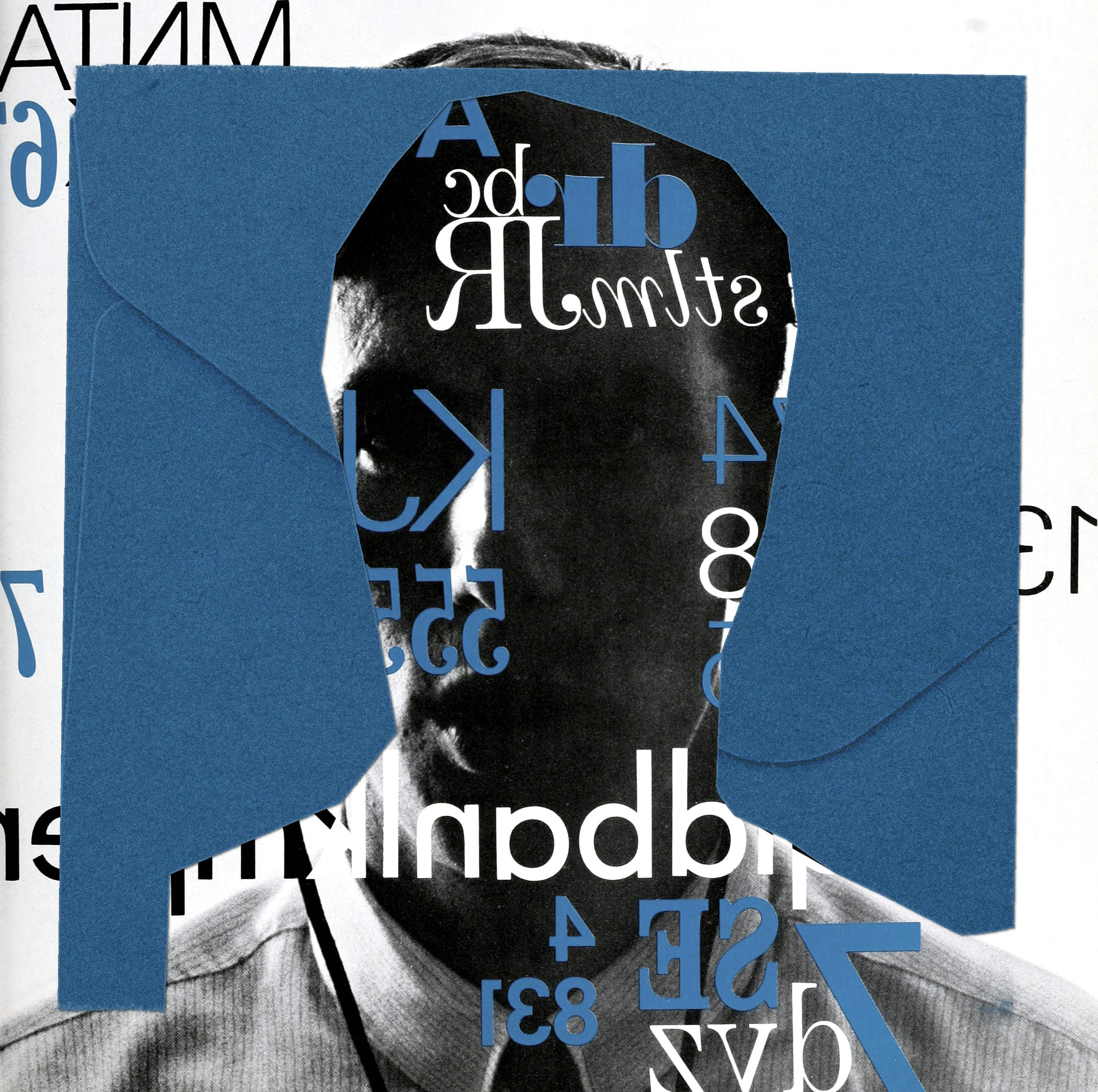On the weird joy of newsletters
Our design correspondent expounds on the pleasures of the quirky email newsletters that offer intriguing and often unexpected insights into the creative mind

How many newsletters are you subscribed to? My answer would be too many … and not enough. Is it possible to be addicted to emails? Not the corporate hard-sell type but the ones from individual creatives, people who simply have to capture whatever’s buzzing around their minds and fingers and shove it into people’s mail.
I’m a serial subscriber – anyone with anything even slightly interesting to say, you have my attention. Distract me all you like with your streams of consciousness and hyperlinks, my deadlines can wait.
I find newsletters more contained and focused than the relentless algorithmic tombola of social media, but there’s still a comforting chaos to them; irregularity reminiscent of the wild west nature of the web back in the early days of blogging. Remember when everything was weird? Different voices approaching work from different angles, new ways of thinking and making.
They’re all different shapes and sizes and tones and frequencies, and I love that. But they’re united by a similar generosity of spirit
For example, I’ve long been a fan of artist Austin Kleon’s approach to showing the work behind the work, and his weekly email is a refreshingly transparent look at his creative process. The links he shares are like dots he’s connecting, influences and ideas gradually coalescing into something new.
There’s also Elizabeth Goodspeed’s Casual Archivist, dredging up obscure ephemera and found imagery. It’s steered me to fresh sources of usable public domain images on more than one occasion. You never know what you’re going to get – just the other day my inbox was suddenly aglow with 1960s Polish circus posters – but it’s sure to change the way you look at whatever you’re working on.
And my day always perks up when Nick Asbury’s Thoughts on Writing (“an arising of thoughts on copywriting, poetry, advertising, design, language and culture”) appears. Plus there are numerous link digests, like Indira Birnie’s Lend Me Your Eyes and Nick Parker’s The Journal of Messy Thinking and … seriously, I can’t stop subscribing to these things.
They’re all different shapes and sizes and tones and frequencies, and I love that. But they’re united by a similar generosity of spirit; individuals thinking out loud, sharing thoughts they’re perhaps still formulating. It’s not just showing off work in a shop window, it’s about inviting you into the workshop itself. Look what I’m making, look at the glorious mess.
Measurable engagement, reader loyalty, getting precious content into the hands of people who actually want it … it’s incredible that it’s taken this long
The last couple of years have seen an interesting shift towards paid subscriptions, with platforms like Substack and Twitter’s Revue. Measurable engagement, reader loyalty, getting precious content into the hands of people who actually want it … it’s incredible that it’s taken this long for money to come into it.
But there’s a huge difference between ‘thinking out loud’ and ‘being paid to think out loud’. Will it flatten out all those idiosyncratic voices and homogenise them into the most lucratively bland form, much like the impact advertising had on blogging: commodified and written for algorithms rather than humans? Will money smash out the weird?
Perhaps, but newsletters exist outside the insidious influence of search engine optimisation and inside the equalising, utilitarian haven of the inbox. You’re not visiting the content, you’re inviting it in. Read it, save it, share it, delete it, unsubscribe from it, pay for it – the transaction of content and loyalty is entirely between writer and reader. So I’m optimistic. Newsletter-ers, I’ll keep subscribing if you keep sharing and thinking and doing whatever it is you want to do inside that email-shaped box. Keep newsletters weird.
Daniel Benneworth-Gray is a freelance designer based in York. See danielgray.com and @gray









